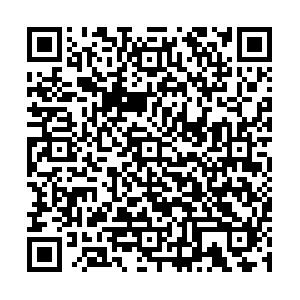Abstract:
Objective To explore the effects of three kinds of emotional facial stimuli(happy,neutral and sad) on P300 in patients with depressive episode during continuous attention task.
Methods Thirty-three cases of 18-58 years old patients with depression(case group,the stress group 17 cases,16 cases of non stress group) and 18 aged 20-58 years old healthy subjects(control group) were detected in brain visual evoked potentials participants were asked to perform tasks in the attention and selection after happy,sad and neutral emotional faces of stimuli were randomly presented.The latency and amplitude of P300 were observed in the case group and the control group in different emotional faces evoked by stimulation.P300 latency and amplitude differences were assessed by the two way ANOVA statistics between the groups; The correlation of HAMA,HAMD total scores and P300 latency and amplitude were assessed respectively by person correlation analysis in the case group.
Results The stress group and non stress group were in happy and neutral faces after the stimulation of the amplitude of P300 is lower than that of the control group,the difference was statistically significant(
P<0.05),stress group and non stress groups were in sad faces after the stimulation of the amplitude of P300 is lower than that of the control group,but only the non stress group and control group of the difference was statistically significant(
P<0.05);stress group and non stress group in the happy,neutral and sad faces after the stimuli of P300 latency were higher than the control group,and there is statistically significant(
P<0.05).
Conclusion The patients with major depressive disorder in the implementation of sustained attention task for the happy,neutral facial emotion recognition ability have weakened.Emotional bias has influence on depression in patients with sustained attention to cognition.

 点击查看大图
点击查看大图



 下载:
下载:
